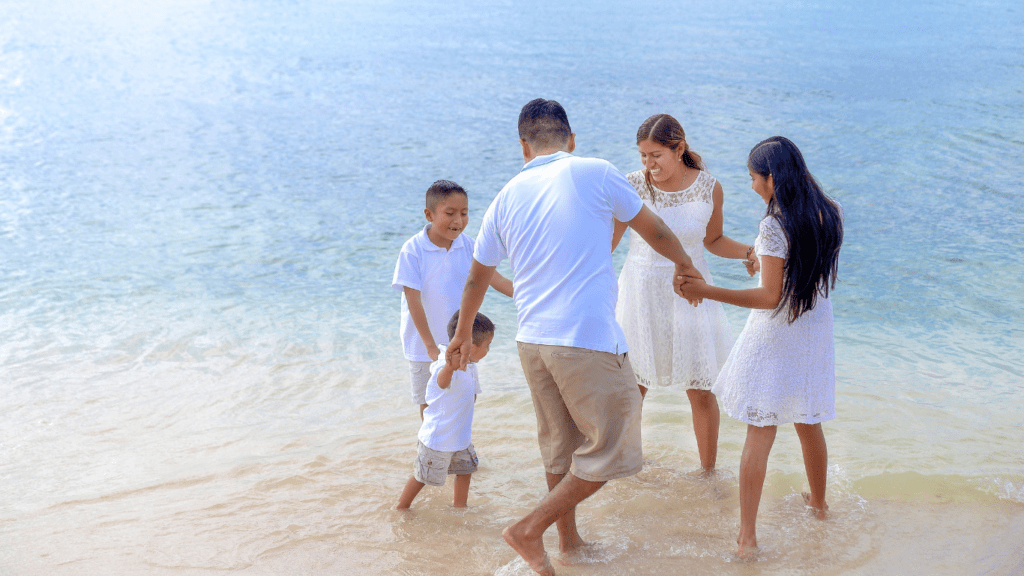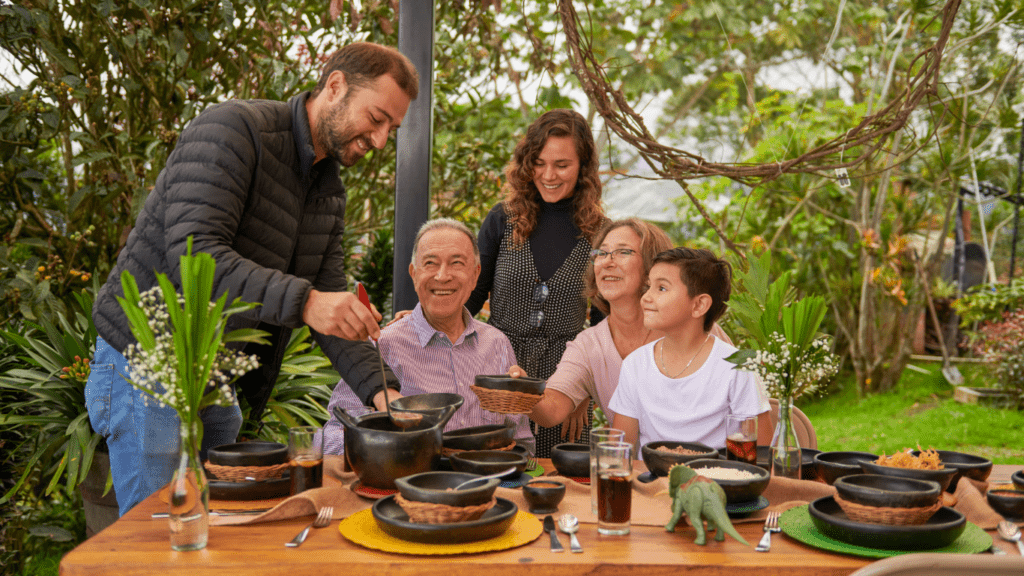Planning Your Trip
Proper planning can ensure a stress-free experience when traveling with a baby. Focus on key aspects to make the journey smoother and more enjoyable.
Choosing the Right Destination
Choose a destination that suits a baby’s needs. Prioritize places with baby-friendly facilities, such as changing stations and quiet areas. Identify destinations with a comfortable climate to avoid exposing your baby to harsh weather conditions. Check local hospitals and healthcare facilities to have a reliable safety net.
Timing Your Travel
Time your travel to align with your baby’s sleep schedule. Plan flights during nap times to keep your baby calm. Avoid peak travel seasons to reduce stress and encounter fewer crowds. Consider the destination’s time zone to help your baby adjust more easily.
Booking Accommodations
Book accommodations with essential baby amenities. Look for properties that offer cribs, high chairs, and kitchen facilities to prepare baby food conveniently. Settle on places close to attractions to minimize transportation time. Inspect reviews and ratings from other parents to ensure the lodging is truly baby-friendly.
Packing Essentials

Proper packing makes traveling with a baby much smoother. Ensuring you have all essentials guarantees you can handle any situation that arises.
Baby Gear
Bring a lightweight stroller and a comfortable baby carrier to move around easily. Pack a portable travel crib to ensure the baby has a familiar place to sleep. Include a diaper bag equipped with changing pads, multiple compartments, and pockets. For feeding, take along a breast pump, baby bottles, and formula (if used). Remember pacifiers and teething toys to soothe the baby.
Clothing and Accessories
Pack enough clothing for the baby to account for spills and changes. Opt for comfortable, weather-appropriate clothes. Include extra onesies, sleepers, and socks. Have baby sunhats and jackets depending on the destination’s climate. Bring several bibs and burp cloths to keep the baby clean. Include a few favorite blankets for comfort.
Health and Safety Items
- Carry baby-friendly sunscreen and bug spray if traveling to sunny or insect-prone areas.
- Include a small first-aid kit with baby pain relievers, adhesive bandages, and antiseptic wipes.
- Have any prescriptions the baby requires. Bring a baby thermometer to monitor any potential fevers.
- Pack sanitizing wipes and hand sanitizer to maintain hygiene on-the-go.
- Make a checklist to ensure nothing is forgotten and adjust based on your baby’s specific needs.
In-Transit Tips
Ensuring a smooth journey while traveling with a baby requires practical strategies and adaptability. These tips cover various modes of transportation to help new parents manage in-transit challenges.
Traveling by Car
Optimize the car for comfort and safety. Install a rear-facing car seat securely and take regular breaks to prevent restlessness. Pack essentials within arm’s reach, including diapers, snacks, and toys. If possible, plan drives around nap schedules to maximize sleep time.
Flying with a Baby
Board the plane early to settle in and stow carry-on items. Choose seats with extra legroom or request a bulkhead seat with a bassinet. Bring a diaper bag with essentials: diapers, wipes, and a change of clothes. Nurse or bottle-feed during takeoff and landing to ease ear pressure.
Public Transportation
Navigate public transit smoothly by using a lightweight stroller and a baby carrier. Avoid rush hours when possible to have more space and less stress. Keep essentials easily accessible and maintain hand hygiene with travel-sized sanitizer. If traveling by train or bus, look for priority seating areas.
Keeping Your Baby Comfortable
Ensuring your baby stays comfortable while traveling is crucial. Here are key tips for managing sleep schedules, feeding on the go, and keeping your baby entertained and engaged.
Managing Sleep Schedules
Maintaining a consistent sleep schedule can make a big difference. Encourage napping during travel times, especially for flights or long drives when the motion can help soothe your baby. Use portable blackout shades to create a dark environment if your baby requires one for better sleep. Familiar items like a favorite blanket or stuffed toy can also provide comfort and signal sleep time.
Feeding on the Go
Feeding your baby efficiently ensures they stay happy and full. Pack enough bottles, formula, or breastfeeding accessories for the journey. Use an insulated bag to keep milk or formula at the right temperature. Bring easy-to-clean bibs and portable high chairs or booster seats for convenience during mealtimes. Have snacks like fruit pouches and small, finger foods readily available if your baby is on solids.
Entertainment and Engagement
Keeping your baby entertained helps prevent fussiness and boredom. Bring a variety of toys that are easy to pack and clean. Interactive books, soft toys, and teething rings can be great distractions. Download baby-friendly apps or shows if screen time is appropriate for your baby. Rotate toys to keep your baby engaged with new stimuli during the journey.
Handling Emergencies
Managing emergencies while traveling with a baby can be challenging, but being prepared helps mitigate stress.
Dealing with Illness
Recognizing early signs of illness helps in taking swift action. I’ve found it essential to carry a well-stocked first-aid kit, including items like:
- digital thermometers
- infant pain relievers
- any prescribed medications
If baby shows symptoms like fever or rash, consulting local healthcare professionals quickly is crucial. Having a list of local hospitals, clinics, and pharmacies at your destination ensures prompt access to medical assistance. I’ve experienced that packing a portable health record with baby’s medical history helps streamline consultations with healthcare providers.
Lost or Forgotten Items
Losing or forgetting baby items can disrupt travel plans. Keeping an inventory of all baby essentials before departure helps minimize such risks. I always pack a spare set of essential items like diapers, clothes, and feeding supplies in my carry-on. In case something gets lost, identifying nearby stores that sell baby products beforehand provides a quick solution. Using technology to track critical items, such as GPS tags for bags, adds an extra layer of security.
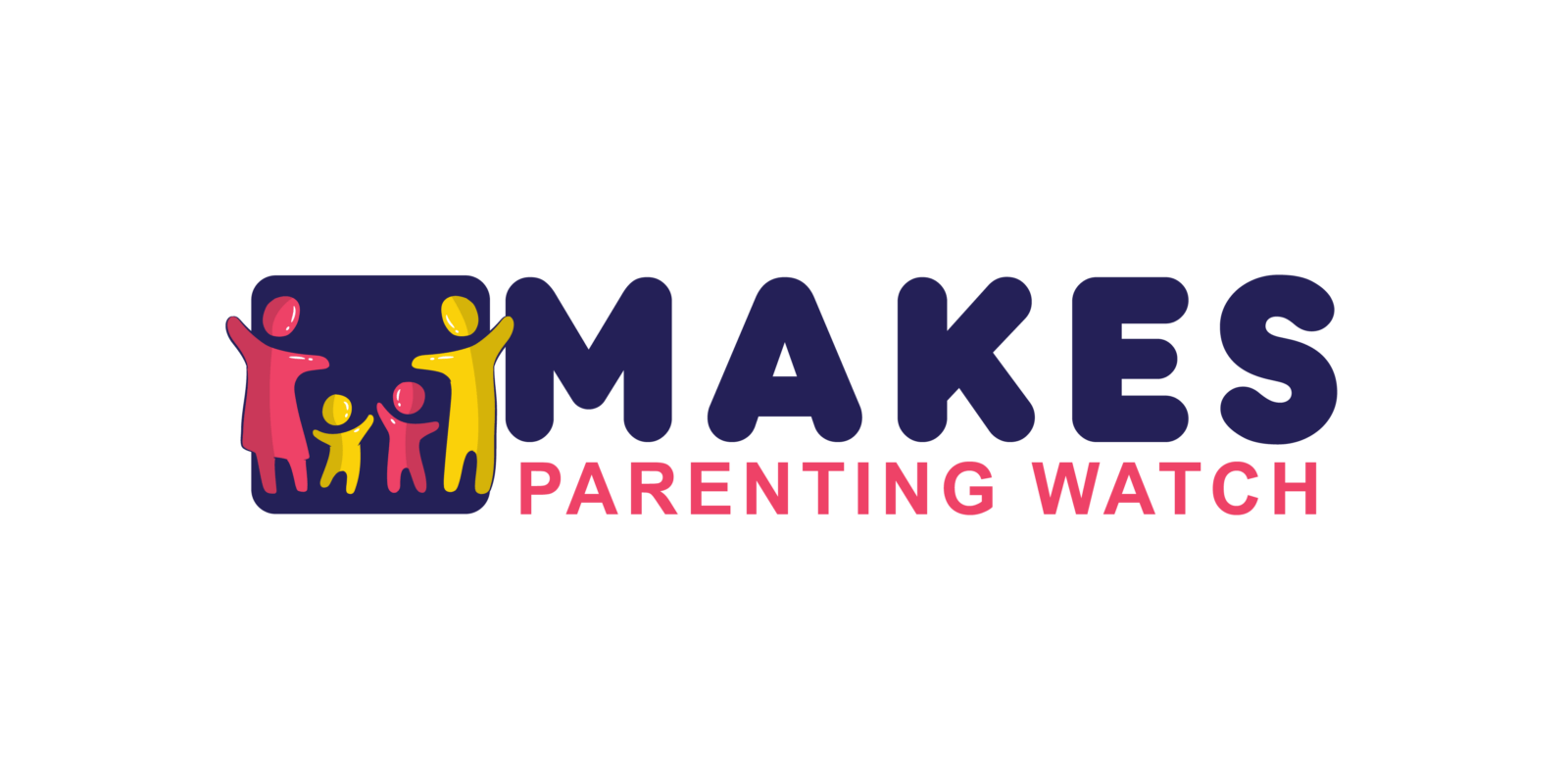
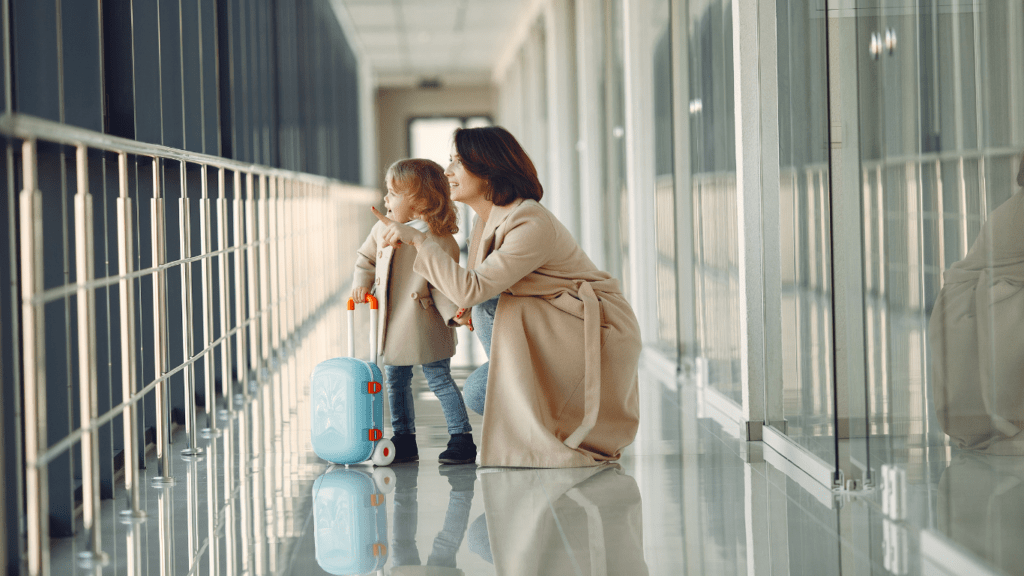
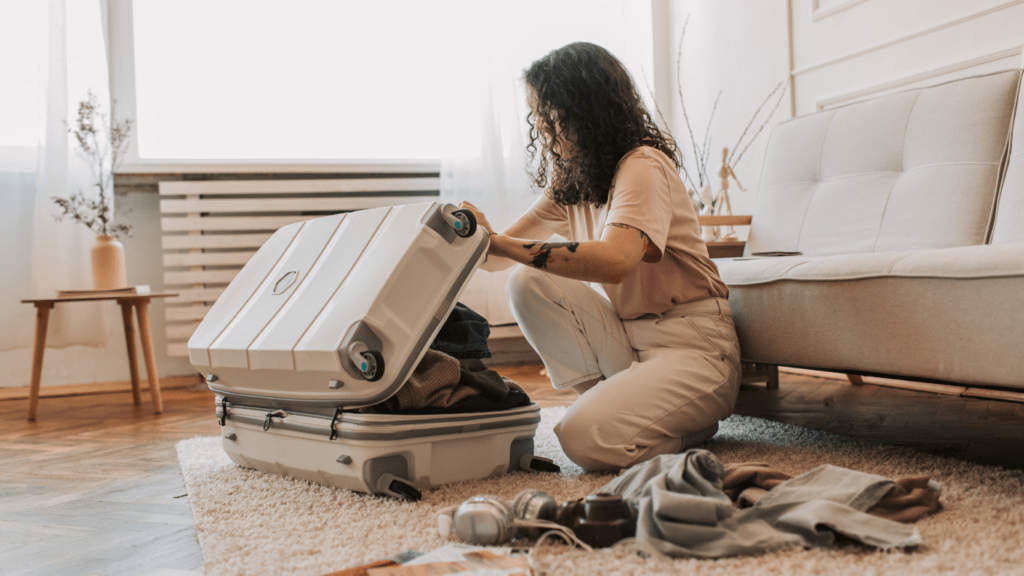
 Jordan Lamond – Family Travel Expert As the Family Travel Expert at Makes Parenting Watch, Jordan Lamond is passionate about helping families explore the world together while making travel as seamless and enjoyable as possible. With a background in tourism and a decade of personal experience traveling with his own family, Jordan offers firsthand insights into the challenges and rewards of family travel. He covers everything from selecting family-friendly destinations to packing essentials, travel safety, and navigating long flights or road trips with young children. Jordan’s mission is to empower parents to embark on travel adventures that strengthen family bonds, create lasting memories, and expose children to new cultures and experiences. His expert advice has helped countless families plan stress-free vacations, and his travel guides are some of the most popular resources on the site. Jordan also regularly reviews travel products and services, ensuring parents are equipped with the best tools for successful trips.
Jordan Lamond – Family Travel Expert As the Family Travel Expert at Makes Parenting Watch, Jordan Lamond is passionate about helping families explore the world together while making travel as seamless and enjoyable as possible. With a background in tourism and a decade of personal experience traveling with his own family, Jordan offers firsthand insights into the challenges and rewards of family travel. He covers everything from selecting family-friendly destinations to packing essentials, travel safety, and navigating long flights or road trips with young children. Jordan’s mission is to empower parents to embark on travel adventures that strengthen family bonds, create lasting memories, and expose children to new cultures and experiences. His expert advice has helped countless families plan stress-free vacations, and his travel guides are some of the most popular resources on the site. Jordan also regularly reviews travel products and services, ensuring parents are equipped with the best tools for successful trips.